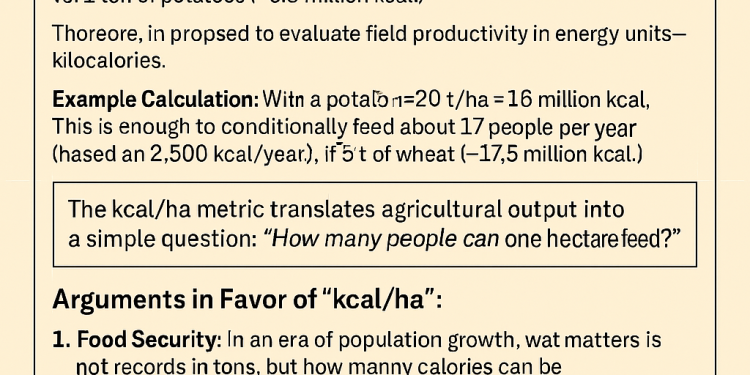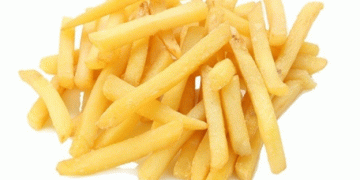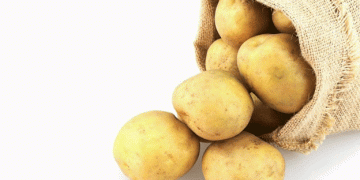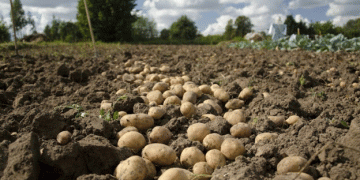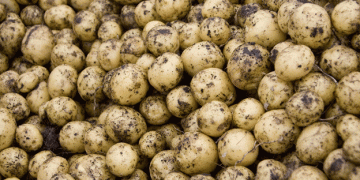In a world facing population growth and global food security challenges, there is a growing need to reassess how we evaluate the effectiveness of agriculture. One promising approach is the concept of “kilocalories per hectare” — measuring the productivity of farmland not just by mass, but by the energy content of the crops it yields.
Why Not Just Tons per Hectare?
The traditional metric of yield in tons per hectare (t/ha) overlooks a crucial factor — the nutritional value of the produce. One ton of wheat and one ton of potatoes contribute very differently to feeding people:
- 1 ton of wheat contains approximately 3.5 million kcal,
- 1 ton of potatoes — about 0.8 million kcal.
In other words, a kilogram of wheat is nearly 4.5 times more caloric than a kilogram of potatoes. So, comparing crops solely by weight doesn’t accurately reflect their true contribution to human nutrition. This is why it makes sense to assess field productivity based on kilocalories per hectare — a metric that incorporates both yield and energy density.
A Simple Calculation
Let’s take two examples:
- 20 tons of potatoes per hectare × 800 kcal/kg = 16 million kcal/ha. That’s enough to feed about 17 people for a year (based on an average diet of 2,500 kcal/day).
- 5 tons of wheat per hectare × 3,500 kcal/kg = 17.5 million kcal/ha, which can sustain about 19 people/year.
Thus, the kcal/ha metric translates agricultural output into a universal measure: how many people a single hectare can feed.
What the Data Says
According to the World Bank, over the past 60 years, global crop yields have increased by an average of 109 kilocalories per hectare per year, equivalent to an additional 33 kg of wheat per hectare annually. This shows that agriculture has been improving not just in quantity, but in terms of energy output per unit of land.
Why It Matters
1. Food Security.
As the global population rises and resources become scarcer, the priority is no longer record-breaking yields by weight, but sustainable calorie production. The kcal/ha approach helps focus breeding and innovation on nutritional value.
2. Cross-Crop Comparisons.
This metric allows direct comparisons between crops based on their ability to provide nourishment. For example, potatoes are among the most calorie-efficient crops per hectare, often outperforming grains in this regard, especially under irrigation.
3. Incentivizing Nutrient Density.
Evaluating harvests in terms of calories, proteins, and vitamins encourages the development of varieties with higher dry matter, starch, and nutrient content. The goal becomes not just more tons, but more “nutritive tons” per hectare.
This approach aligns closely with the concept of nutritional yield — an integrated evaluation of the output of key nutrients per unit of land.
Sustainability and Resource Efficiency
Maximizing energy yield per hectare must go hand in hand with responsible resource use — water, fertilizers, and labor. A high-calorie yield achieved with lower input costs is more sustainable in both environmental and economic terms.
In the context of the CIS region, this is particularly relevant: a variety that yields 5 tons/ha less but contains significantly more dry matter and starch can match or exceed the total calorie output of higher-yielding varieties, while also offering better storage qualities and economic benefits.
Feeding the Planet: The Bigger Picture
It’s estimated that by 2050, humanity will need 50% more food calories. Boosting kcal/ha through improved varieties and farming methods is a direct path to meeting this demand. Global data, when converted into calories, shows no clear slowdown in productivity growth. Still, further progress will depend on energy-optimized farming systems.
This shift — from tons per hectare to energy per hectare — helps reframe the mission of agriculture: to produce as much high-quality food as possible from every hectare of land in a sustainable, efficient way.
